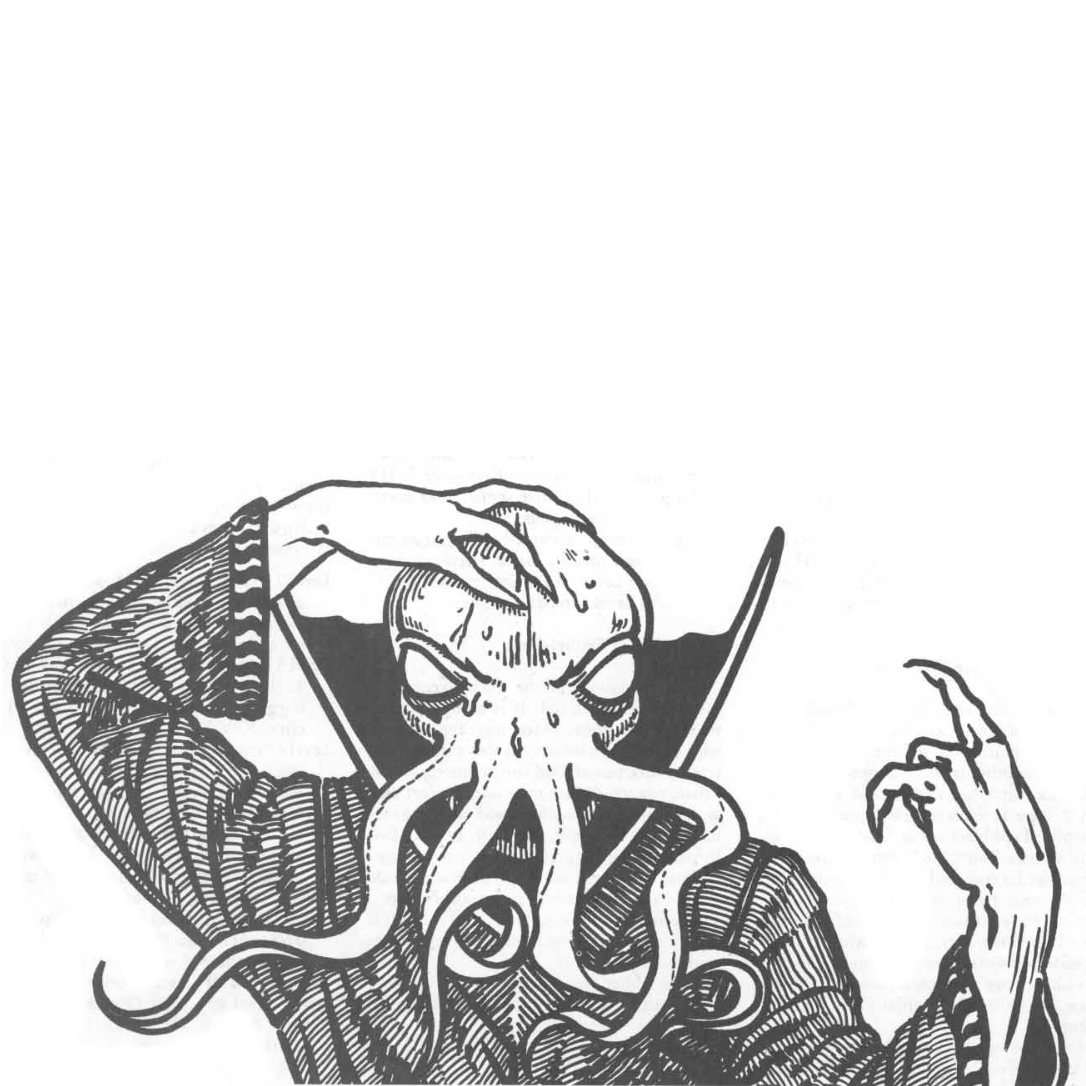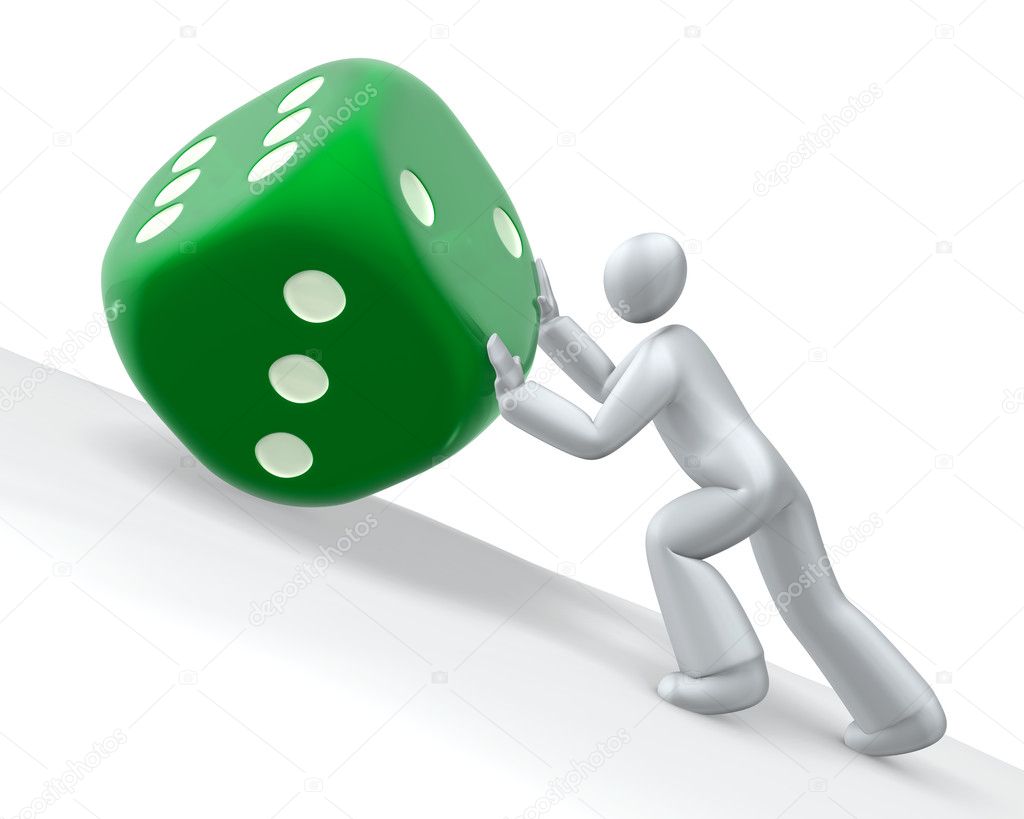Like many 5e players, I investigated other systems during the drama in January. I have converted my table over to Pathfinder 2e, so that’s what I’ll mostly be running going forward.
However, I’m not one of those people who thinks 2e is better than 5e in all respects, and I’ll probably run 5e again at some point in the future. And when I do, there’s a mechanic from Pathfinder that I will 100% be porting over to 5e: Hero Points.
Below I will provide a version of this mechanic, written in the mechanical language of 5e (to the best of my ability)
Hero Points
(replaces inspiration)
Hero points represent a player character’s unique ability to act heroically against adversity.
At the beginning of each play session, each player loses any hero points they have accumulated, then recieves 1 hero point. Depending on the average duration of your group’s gaming sessions, the DM may increase or decrease the frequency of this by periodically resetting hero points mid-session, or only once every couple sessions. The expectation is that this reset will occur roughly once every 3-5 hours of play.
The DM may award additional hero points for any reason. They are encouraged to give out hero points to reward good roleplaying, good tactics, or any behaviour which improves the play experience for everyone at the table. A DM should award an average of approximately one hero point for every hour of play. You can have multiple hero points, but you can never have more than 3 hero points.
Whenever you roll an attack roll, saving throw, or ability check, you may spend a hero point after seeing the result and after the DM tells you whether or not the roll was a success or failure. If you do, you reroll the check and must use the new result, even if it is worse. This roll is unaffected by whether you have advantage or disadvantage on the check.
Whenever you would fall unconscious due to being reduced to 0 HP, or whenever you would accumulate a death saving throw failure, you may spend all of your hero points in order to remove any death saving throw failures and become stabilized at 0 HP.
The DM may provide other options for how to spend hero points, such as altering the story or introducing new information which benefits the party.
That’s it, that’s the whole mechanic. In general I just think 2e does a much better job of the “inspiration” system than 5e.
In my years as both a player and a DM, I can count on one hand the number of times I ever saw Inspiration being awarded to 5e players. It simply isn’t a good system. The DM fiat needed to receive it makes it unpredictable, and it’s way too hard to get players to actually spend it once they have it.
The Hero Points system is much better because it resets every session, meaning that players will have a predictable way to get hero points, and that they will have a good reason to spend them; even if the DM forgets to award it. And since they will be spending that resource more often, the DM will have more reminders that the mechanic exists.
I encourage DMs out there to experiment with this system in their own games. And let me know how it goes.
My own groups are trying out the luck system from Tales of the Valiant and like it so far. It’s extra bookkeeping but has some fun options and makes a series of bad rolls work out much better. As a GM, I like it a lot because I don’t have to keep track of it at all. It’s all player-managed.
See Playtest Packet 2 in the playtest packets on https://www.talesofthevaliant.com
Thanks for commenting Mike, I’m a huge fan of your work! I will look at that mechanic. I am super curious about that Kobold Press product, I love their approach to building on the bones of 5e while building something independent.
I have only been at one table that used inspiration which used them additively so you could have 10-15 inspirations. This basically meant that no one could ever fail a check which was a real bummer to play. Hero points like this can be ported over without much issue.
However, I would rather join in the Force Point Mechanics from FFG Star Wars games (it has also been used in other star wares games). Basically you spend light side points to do exactly what you mentioned above, however spending this will create 1 dark side point. These point can be used by the DM to do the exact same thing for monsters. These points are pooled across the table which lets everyone manage them. This is easier to see and others can suggest to spend them as a team when a big fails happens. Its super fun
used them additively so you could have 10-15 inspirations. This basically meant that no one could ever fail a check which was a real bummer to play
But wouldn’t this still require that the DM is giving them out like candy? Being additive and being easy to obtain are orthogonal ideas.
It was both. If you did something clever you get one. Same of the party did something funny
I like that a lot! It seems a bit odd in the context of games where the DM is given a lot of freedom to “make up” what happens, but I like the idea that the DM would actually have some currency in order to do broken things, rather than having effectively unlimited fiat for anything they do. Maybe instead of it being symmetric, there could even be special mechanics that the DM can only interact with by spending a “dark point”
That version where Inspiration stacked that much does sound pretty awful. Part of what makes them work well in 2e is that they reset every session, and that you can only have 3 of them. So there is often an incentive to spend them. The counterbalancing factor is the fact that they can be used both offensively and defensively, so you often get players saying “I can’t spend a hero point on this attack, because I’m unlikely to kill the enemy and I need to be able to use the hero point to beat the saving throw that the enemy will impose on me during its turn”. Basically, you get a lot of hero points, but there are a lot of important rolls in 2e. I guess part of what makes it work is that 2e is a lot deadlier than 5e, but I would say a DM could safely ratchet up the difficulty of their encounters if they employed this system.
It seems a bit odd in the context of games where the DM is given a lot of freedom to “make up” what happens, but I like the idea that the DM would actually have some currency in order to do broken things, rather than having effectively unlimited fiat for anything they do.
I thought so too when I begun running FFG’s Star Wars but what struck me was that the dark side points I had was an invitation and encouragement to go hard on the characters. Of course there was nothing stopping me for upping difficulties and such, but with those points I did it more often. A great cure for being too nice.
It is also a great system to amp up the tension at specific moments since it is announced. It can make even a small enemy / situation seem dangerous. Also since it moves points over to the other side it has a balancing aspect
The game also has special abilities that are activated by spending Dark / Light side points. They are only for higher level characters but it is a fun way to balance these special abilities between the party and the DM.
If you like the FFG Star Wars light/dark side point mechanic, you might also like how Fate handles Fate Points. Here’s the gist:
Each PC has a pool of Fate Points (FP). At the start of each session, if their pool is lower than their character’s “Refresh” score (typically 3), it resets to that score.
A player can spend an FP to:
- invoke an Aspect on their character (or on the situation/location) to get +2 to a roll, increase the difficulty of an opponent’s roll by 2, or reroll the dice. They can also give the FP to another character to make a hostile invoke on another character’s Aspect. e.g. “since I’m a Debonair Swordsman, I’ll add +2 to to my Fight roll”, or “you still have that Slashed Palm from before, so your Fight roll is more difficult.”
- compel another character into some course of action that creates a narrative complication. The player controlling that character must either accept the compel (and receive an FP), or spend one of their own FP to refuse it. Unlike a hostile invoke, a compel is more about narrative complication, e.g. “you find a contact among the rebel militia, but uh oh, since you’re a Debonair Swordsman it’s an old flame of yours, and the breakup was pretty messy!”
- establish some useful detail/contrivance. e.g. “I cast my eyes around the tavern for a suitable weapon. Is there maybe an old, still-sharp sword mounted on the wall?” would probably require an FP, but “is there a chandelier at this ballroom party?” wouldn’t require one.
A player gains FP by:
- accepting a compel or receiving a hostile invoke, as above
- conceding a conflict.
If you gain FP in a scene, you don’t get to use them until the next scene.
The GM begins each scene with FP equal to the number of PCs (plus any gained from the previous scene), pooled across all the NPCs they control. They gain and spend FP in the same ways, except that they don’t need to spend an FP to make a compel.
The Lord of the Rings 5e game has a pool of Inspiration shared by the entire party called the Fellowship Pool (this is in addition to Inspiration for individuals). It can be spent by anyone in the party to roll with Advantage. The pool is set by the number of players, who their Patreon is and certain Feats (called Virtues in LOTR). The pool can also be spent to trigger special events with their Patron.
The points can only be refreshed during the Fellowship phase which is the players downtime between adventures and covers periods of weeks so typically happens 2-4 times per year. It works really well for the Tolkien style of 5e…it is the only 5e game where all 6 of my players have bought the Rulebook!
While this is all well and good, I think the OneD&D playtest provided a great fix on the biggest issue I’ve had with the mechanic: Remembering it exists.
Simply stating that on an unmodified 20 or 1 that Inspiration is granted is a fantastic way to remind the GM that they should give this out more often. It’s gotten to the point that in cases where I would have previously given ad-hoc advantage, I now give inspiration where the player can make use of it if they feel like they want or not.
Also I have adopted those rules for both hero points in PF2e, and my regular D&D5e game. I mean both of them.
How it works…
A player rolls a Natural 1 - They get inspiration to use on a future roll. A player rolls a Natural 20 - They choose another player at the table who gets inspiration.
These two together more or less ensures that there’s an amount of inspiration floating around all the time. But this also solves an issue where a hot-streak gets hotter, and someone with luck early on will get more of a spotlight later. By making success something that gives a boon to someone else, you build espirt de corps as everyone celebrates eachothers’ successes more, and the spotlight be more likely to move to another player.
As I said before, this system works fantastic in both Pathfinder and D&D. The only downside is that it feels like PCs have an extra layer of plot armor, but that is mitigated by the fact that it wasn’t my decision that I made capriciously. Also it makes math rocks a little more ‘WEEE’!
You’re right about the real issue being that people just don’t use the system, whatever you’re calling it. I just started a campaign with a new group and the DM has his own variation on it that is really just a minor tweak…except that he appears to not forget that it exists. His tweak is making inspiration a collective (and cumulative) pool for the entire party and “you guys keep track of it, I have enough things to juggle already with seven players and all the NPCs, monsters, plot, description, etc.” In our only session so far he gave us two points, one I think for roleplay and the other because I posted a muscle wizard meme image in the discord while he was struggling to properly describe the second phase of the bulked up wizard boss we were fighting (“Yeah, like that! Take a point of inspiration!”). We didn’t actually use any of it yet but with the fight we ended on a cliffhanger for I’m planning to be proactive if nobody else does.
I’ve seen this kind of thing a lot and I always think it’s very much like reinventing fate points from fate. But I like Fate a lot, so I’m not mad about it.
The tldr for fate points in: you get some every session. You get more when something about your character complicates things in an interesting way. You can spend them to boost rolls if there’s a narrative justification, or to add story details to a scene (ie: there should totally be a trap door, the queen should totally have a pet elephant, etc)
I like this better than vanilla inspiration because it requires players to pay attention to the story. You can’t boost your medicine check if nothing about your character is medical, but if you have a Healer background that’s an easy sell.
Some people hate that more “writer room” style. Some people just want to sit back and be told a story. They probably won’t do well with this.
Anyway fate’s srd is free and I highly recommend it.
In case you want to play D&D 5E but without supporting WotC while also having more customisation options: Check out Level Up: Advanced 5th Edition. It’s also got its own thing for inspiration: during character creation, you pick – other than heritage, background, and culture – a destiny. It’s what your character is meant to do, their story, their goals. This destiny gives you another means of gaining inspiration (things tied to your destiny) and a unique way to spend inspiration. (Also, you gain a special destiny feat when you accomplish a big thing related to your destiny!)
Aside from the death save thing, that’s really just a minor tweak on the basic mechanic of 5e’s inspiration (rerolling after the fact instead of getting advantage beforehand), plus letting them stack when accumulated. The biggest problem with 5e inspiration being hoarded isn’t that it doesn’t stack, it’s that many DMs just don’t give it out with any frequency whatsoever even though the system’s description encourages DMs to give it out for all the reasons mentioned (cool roleplay, clever tactics, etc). The idea is supposed to be to encourage players to “go ham” getting into character and immersing themselves into the game to earn it back after using it, not to lack such motivation because they feel safe with three do-overs in their back pocket.
The system isn’t flawed, it’s just underused and the slightly different version of it doesn’t change anything unless the DM/GM actually gives it out. And I would think players would be more likely to ause inspiration or hero points or drama dice or epicness metanuggets or whatever you want to call it if they heard the DM say “I would give you inspiration for that but you haven’t used the one you already have” than they would if they didn’t “waste” that extra one by just tossing it on the pile they already have “in case of emergency” like an offline FPS player hoarding their rocket ammo but never using their most powerful weapon because they might need it all against the next tough enemy.
And I’m not saying either slight variation of the same basic mechanic is necessarily better. I’m saying that the solution the problem of it not getting used will remain the same in both unless the DM/GM takes the exact same actions with either (actually handing it out). Again, the problem isn’t the system, it’s operator error.
I feel like you maybe missed the most important part, which is that each player gets reset to 1 hero point at the beginning of each session. If you have 2 or 3, you lose the extras, whereas if you had 0 you get one for free. So they have incentive to spend them, since they literally can’t hoard them. And as the game is making sure they get at least one every session and giving them incentive to have as few remaining as possible at the end of the session, they will always be thinking about spending them. And if they are spending them often, the DM is more likely to hand out additional points, since they will have more regular reminders of their existence.
You can just tack on that one thing about getting it for free at the beginning of a game without calling it something different. It’s still functionally the same system, not some “new” mechanic. And if the person running the game doesn’t keep pointing it out the players are not going to pay any more attention to it than before. Tacking on a slight addition like that will not “fix” a system if people still don’t actually use it.
The problem is operator error, not design. An automatic transmission won’t make a car easier to drive for a person who keeps forgetting that you have to actually press down on the long foot pedal on the right side to make it go. Much like the majority of PF, this “different mechanic” is just D&D dressed up in a new T-shirt with a different scent of perfume.
…last week, i had this brilliant idea for how to use both valiant’s luck points and a slightly-modified version of D+D’s inspiration system simultaneously, but i hesitated posting to reddit for obvious reasons and now i’ve totally forgotten how to modify the inspiration mechanic (but it was something other than advantage)…
…which really contributes nothing meaningful to this discussion, i’m just kicking myself for not transcribing the mechanic at the time…
There’s enough ways to get advantage in D&D without inspiration that it’s no wonder players ignore it–and why we explore variants. I want inspiration to promote shared storytelling at my table. I borrow a bit from Fate and let players spend Fate Points to add aspects to NPCs and locations. Want to make that duchess paranoid so she’s more receptive to the party’s tale of an Aboleth controlling her children? Go for it. She’ll be a more memorable character than whatever I planned because my players are invested.
I offer fate points to players when their characters fail a d20 roll if they accept a story-related complication. The player doesn’t have to accept, but I try to make the complication increase excitement at the table. If I can’t think of a complication that fits, the game just keeps moving.
So, basically it’s “Inspiration” crossed with the Chronurgy Wizard’s Chronal Shift feature.
I wouldn’t add this to 5e (unless it replaces Inspiration) just because it’s another resource and mechanic for each player to track. Maybe it makes sense in p2e.
Furthermore, it’s annoying enough having one player at the table being able to force rerolls periodically, but having the whole table be able to do this would interrupt flow fairly frequently. At least it only applies to your own rolls.
It isn’t another resource to track; it is net neutral in terms of number of resources to track, because it replaces the inspiration system. I don’t know the chronurgy wizard, but I would compare it to the Lucky feat (though I would also say that it might be a good idea to ban Lucky if you are going to use this system).
If you don’t like the rerolling aspect, you could blend the system more into how inspiration works by making hero points give advantage instead of rerolls. I only suggest otherwise because that’s both how it works in 2e, but also how I’ve heard many tables house rule Inspiration anyway.
I very briefly tried (with a table of newbies) to have players award each other inspiration and no one ever did it. I always forget to do it when I am DMing. My thought process is to let every player award one (if people start to abuse it, no need for a limit at the start) inspiration whenever another player has their character do something that excites you as a player. So basically encourage enjoyable roleplaying. It can be whatever you like. If they make you laugh and you want to see more of that then that’s a good reward. My thought process is that it gives players a way to communicate and award behaviors they like to see during play as well as encouraging good showmanship and cheering your friends on.
But like I said, I only tried it once and it didn’t work well but also everyone was a newbie. If you view rpg players as a spectrum from theater nerds to videogame nerds (not that such a dichotomy exists, people can be in both or neither) then this will probably work more for the theater nerd side of the spectrum. But it still feels like a good flexible system because if the crunchier folks want to reward things like an expertly placed AoE spell then that is fine too because if that’s what the table likes to see them they reward it.
Also it can be used for players to cheer each other up. Like if someone keeps rolling a lot of misses someone could give them an inspiration if they seem it worthy (especially if they roleplay the failures in enjoyable ways).
Honestly it sounds a lot like the Heroic Inspiration system from the OneDnD playtest material. Mostly the part about getting one every session (human characters get one for free every long rest) and having more defined reasons for a DM to hand it out.








